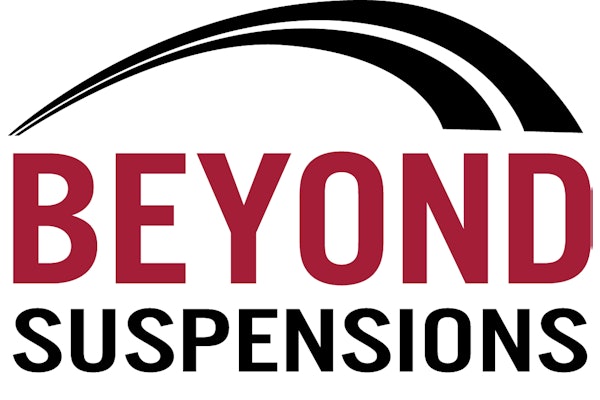Referring to products as private label (PLP) or private brand is dumb.
There is nothing private about this decision-making process. To the contrary, users of this marketing tool are trying to make one of the following points as publicly as possible:
- We are offering our own alternate brands because national brands are lacking application coverage or are technologically insufficient;
- Our new brands represent a way to beat the ‘marketing tax,’ i.e. those charges for advertising, cataloging, merchandising and training that neither the customer nor distributor needs or wants;
- We distributors (as the last link in the supply chain) deserve a greater cut of the margin pie;
- This label is the only way we can be sure you bought this from us in the first place if you return it; or,
- Over 40 percent of Wal-Mart’s sales are private label and $65 billion was spent last year on private label brands in the U.S. Shouldn’t we be on that bandwagon?
With the solid supply base we have in the heavy-duty market – with at least three national branders competing in each product segment – I frankly don’t see the need for the increasing number of alternate brands.
Several recent studies conclude that 50 percent of private brands are net losers from a distributor profitability perspective even though they have higher margins built into their lower price.
The difference between the private label success of Wal-Mart and Willie’s World of Truck Parts is supply chain management. The distributor or retailer needs to recognize that successful PLPs exist as a pure demand response – not a product push device – that is integrated into their businesses’ own brand.
President’s Choice cola for many shoppers is identical to Coke and it is supported by an unbelievably responsive supply chain. It is cheap to buy and profitable to make and distribute – but no one ever talks about how much better it tastes.
Differentiation is the most important thing a brand can deliver. Academics have shown that differentiation is a leading-edge indicator of future profitability and market share. As pure imitators, PLPs are a waste of inventory investment and a diffusion of focused marketing investment.
Price is the worst competitive differentiator a distributor can choose. It is easily copied, reduces profits and dilutes brand equity. To a certain extent, line offerings and product features are only limited differentiators, because they also can be copied easily.
The key question: Do the PLPs your organization offer have consumer-relevant, consumer-compelling benefits that are unique and believable? Or are they simply an excuse to arbitrage temporary cost savings on a couple containers from China?
The most powerful differentiators tend to either offer consumers emotional,
experiential and self-expressive benefits; or provide superior customer support through elements invisible to competitors, such as rigorous customer service training or employee empowerment.
Brands exist because they are efficient shorthand that suggests that important customer needs will be met in compelling ways.
The best way to create breakaway business growth may be to identify all the ways in which your business has made compromises with customers – and then break them all – so that customers get exactly what they need and want.
An unexpected error occurred: GraphQL error: request to http://organization/ failed, reason: connect ECONNREFUSED 172.20.202.86:80
An unexpected error occurred: GraphQL error: request to http://organization/ failed, reason: connect ECONNREFUSED 172.20.202.86:80








An unexpected error occurred: GraphQL error: request to http://organization/ failed, reason: connect ECONNREFUSED 172.20.202.86:80